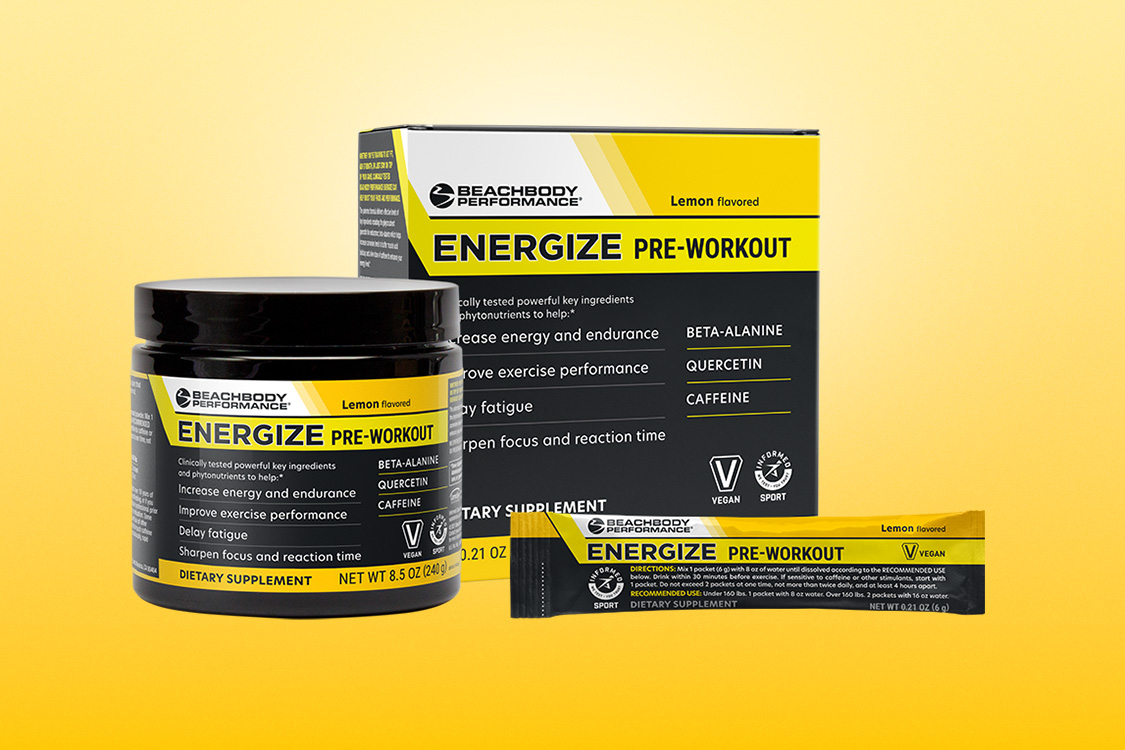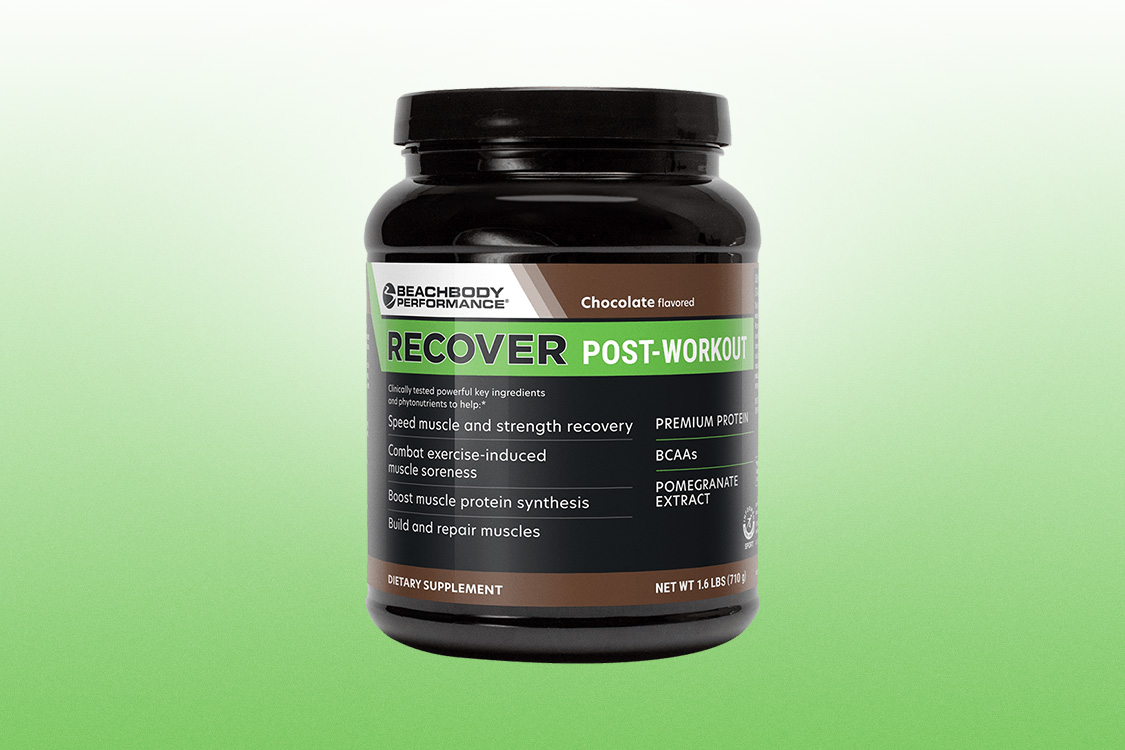Glossary of Swimming Terms and Workouts
4-kick-drill Freestyle kick on your side, with the lower arm
extended (parallel to the surface of the water, about 6-8" under the water) and
the upper (above water) arm relaxed on the side of your body. After a 4-count,
stroke with the underwater arm and recover with the above water arm, so that
they switch positions and you're now rotated to the other side. Count again for
4 and switch. Breath on the new side, just after you rotate, then return your
face to the water, looking at the bottom in great freestyle swimming position.
Keep your head, neck and spine in a align.
Alternate Breathing
Breathing every 3rd stroke.
Build or Build-up Increase
your effort through a swim. For example, if you swim a 400 build, your effort
and speed will increase through the swim.
Breaststroke drill - 2
kicks, 1 pull Swimming breaststroke with 1 pull and then 2 kicks. Focus on
length in stroke.
Catch-up A freestyle stroke drill where both
hands "catch-up" in the front of the stroke. Keep the extended arm and hand
underwater and enter the "incoming" hand closer to your shoulder and extend it
to the meet the other hand underwater. The focus is on keeping the stroke long
and a hand in the "passing-zone" up front.
Cruise Cruise refers
to the send-off interval that you swim 100 freestyle on
comfortably, getting 7-10 seconds rest. 4 x 100 on "cruise" would then
be 4 x 100 on that interval. 4 x 100 on "cruise - :05" would be 4 x 100 on that
interval minus 5 seconds. If cruise is specified for a distance other than 100,
simply do the math to figure out the interval for that distance. For example,
if your 100 cruise interval is 2:00, then your 50 cruise interval is 1:00 and
your 200 cruise interval is 4:00.
Drag Fingertips Freestyle
swim dragging your fingertips in the water on the recovery. Focus is on
high-elbow, relaxed arm and shoulder recovery.
Descend
Increasing your effort and speed through a series of repetitions. For example 4
x 50, descend 1->4 means to swim each of the 50's faster than the
previous.
Distance Per Stroke or DPS Swim, with an
emphasis on maximizing your distance per stroke.
Drill is an
extension of warm-up with closer attention to technique and will transition you
to the main set. Typically this is a combination of stroke drills and kicking
mixed with technique focused swimming.
Gallop drill The gallop
drill is exactly like the 4-kick-drill except that you will take three
strokes when transitioning from one side to the other. Do not breath while
taking those three strokes, focusing on length in your stroke, body rotation,
keeping your head still. Breath on the new side as you rotate for the four
count. This is a great drill for working on alternate breathing and stroke
symmetry.
Kick on your side Freestyle kick while lying on your
side. Keep the lower (underwater) arm extended (parallel to the surface of the
water, about 6-8" under the water) and the upper (above water) arm relaxed on
the side of your body. Breath on the new side, just after you rotate, simply by
rotating your head so that you're in the "nose-up" position, then return your
face into the water (nose-down), looking at the bottom in great freestyle
swimming position. Keep your head, neck and spine in a align.
L-arm-only freestyle see Single-arm-freestyle
Long-axis-combo drill This is a combination of the long-axis
strokesfreestyle and backstroke. Take four strokes of freestyle then rotate to
your back and swim four strokes of backstroke, then free, then back ... Feel
the similar rhythm of these two strokes as you rotate along the long axis of
your body.
Main is the main set of the workout.
Mid-pool turn A mid-pool turn is basically a somersault mid-pool.
Somewhere mid-pool, swim into a turn, but go all the way through and keep
swimming in the same direction. Stay small (small balls spin quicker than large
balls) and be quick using your "ab's" to bring your hips over top of your
shoulders.
Pull Pull sets typically appear towards the end of a
workout. You may choose to use a buoy and/or paddles for these sets or just
simply swim them. The most important thing is to refocus on technique here and
keep the heart rate low.
Rest Interval or RI Specifies
the rest interval between repetitions. You may use the pace clock to count off
the seconds or figure out what send-off interval would work to give you about
that much rest.
R-arm-only freestyle see
Single-arm-freestyle
Rhythm Drill After you've mastered the
single-arm-freestyle with the opposite arm at your side, try this great
freestyle drill to improve stroke timing. This is basically 2 right-arm strokes
(with opposite arm down) and then 2 left-arm strokes. Remember to rotate, keep
head in line with your spine, and complete your stroke while your bottom arm is
extended before you begin the stroke.
Rhythm Drill for
backstroke Alternate 2 strokes of right-arm-only backstroke with 2 strokes
of left-arm-only backstroke. Keep the opposite (non-working) arm at your side.
Focus on core body rotation, keeping your head still and in line with your
spine and stroke rhythm.
Sculling Propel yourself down the pool
using a simple in/out sweeping motion of your hands. The pitch and speed of
your hand will determine how fast you go. Use a light kick and lift your head
to breath.
Short-axis-combo drill This is a combination of the
short-axis strokesbreaststroke and butterfly. Take three strokes of butterfly
then three strokes of breaststroke, then fly, then breast ... Feel the similar
rhythm of these two strokes as you rotate along the short axis of your
body.
Single-arm butterfly Swim fly with one arm only. You may
choose to keep the opposite arm in front or at your side. Breath to the side of
the working arm.
Send-off Interval The send-off interval
indicates the interval of time between send-offs. For example, a swimmer
swimming 50's on a send-off of 1:00 would leave every minute. If she swims the
50 in 45 seconds, she will get :15 seconds rest before the next send-off. When
using a send-off interval it is important to use a pace clock and always
remember when you left. When the send-off interval is "First + :10" it means to
add 10 seconds to your first swim and then use this as your send-off time. For
example, if a swimmer swim the first 50 in 1:05, then he will do the entire set
of 50's on 1:15.
Single-arm-freestyle With opposite arm
extended: Keeping the non-working arm extended in front, stroke only with
the Right or Left arm as indicated. Focus on a clean hand entry into the water;
a slow, high-elbow catch; and accelerating the hand through the stroke. With
opposite arm at your side: This is a bit more challenging drill, but worth
the effort. Starty by kicking on your side with the bottom arm extended and
your top arm resting on your side. Keeping your top arm (the non-working arm)
at your side, stroke with the bottom arm. Important tips for this drill: (1)
rotate, rotate, rotate; (2) Breath to the opposite (non-working) side and
complete the breath before you stroke. Focus on holding the water at the
catch and moving your body past your hand with your core muscles.
Sprint and Sight For open water swimmers, this is freestyle with a quick
tempo, taking a "peek" every 4-6 strokes as if you're sighting a bouy ahead.
Sprint and Sight swimming typically appears in the summer workouts when many
swimmers are preparing for open water swimming and triathlons.
Stroke Count or SC The number of strokes it takes you to swim the
length of the pool. Count each arm as a stroke. The simplest way to do this is
to count each hand entry. Stroke Count - 1 means to do a length of the pool in
your normal stroke count minus one stroke. This means focusing on staying long
and "riding out" each stroke.
Warm-down is your chance to cool
down and congratulate yourself on a good swim
Warm-up The entry
point to the workout and always the same. If you need more or prefer something
different, feel free to go for it. Remember to take the time to stretch after
some easy swimming. This is the time to adjust caps, goggles, etc. and get
fired up to have some fun.







